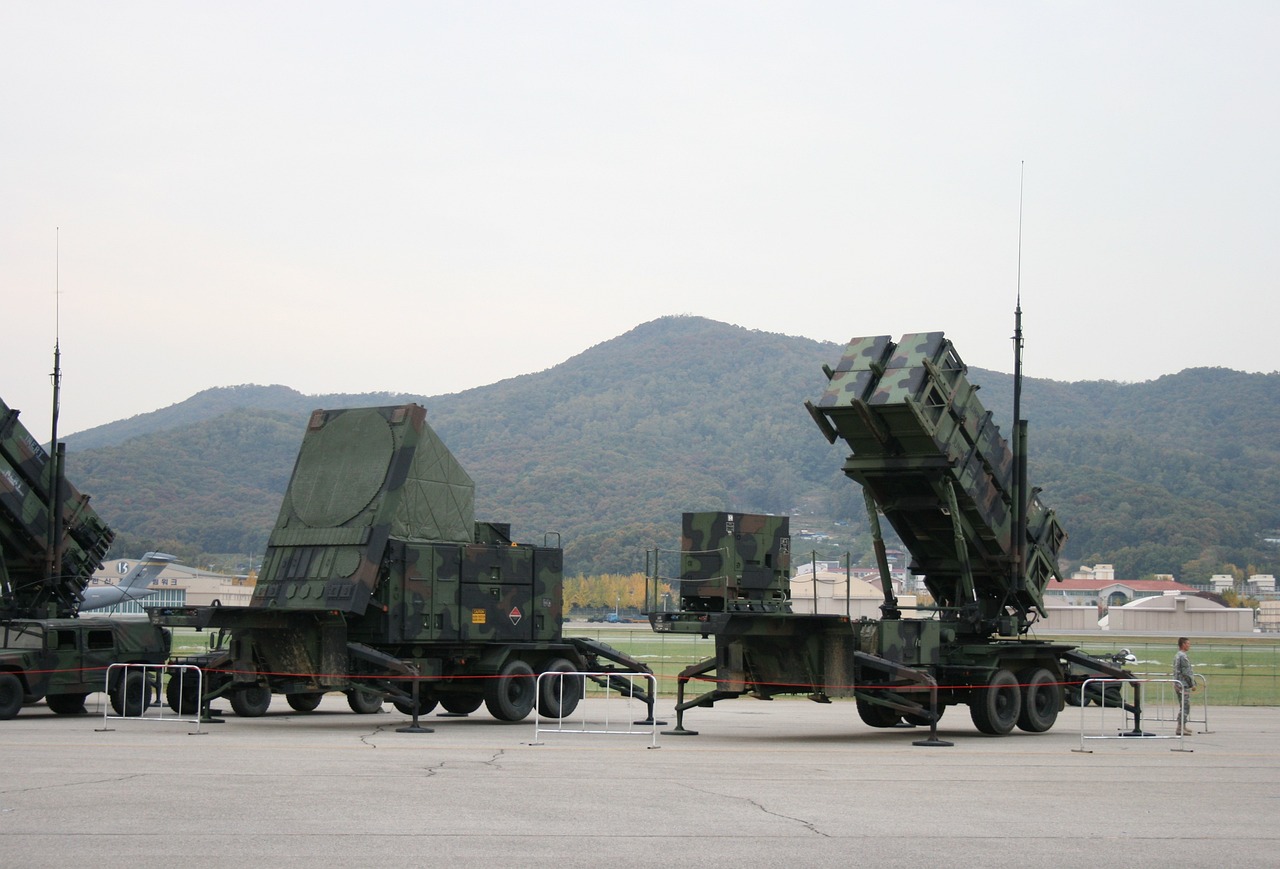This post is also available in:
 עברית (Hebrew)
עברית (Hebrew)
Increasing losses from cybercrime have become a challenge for enterprises of all sizes. This has led to, over the past five years, a dramatic increase of over $100 billion in security spending. During the same period, despite the increased budget, cybersecurity-related losses have doubled, from $3 trillion to $6 trillion, according to Cybersecurity Ventures. The reason is that legacy and next-generation antivirus (NGAV) tools are increasingly ineffective against advanced attacks.
The status quo endpoint security stack requires high spending but offers low efficacy in preventing advanced attacks. Currently, available endpoint solutions have a high cost per endpoint, high cost to operate, bloated agents, a growing number of ineffective modules, and do not protect against the most damaging cyber attacks.
Thanks to a ground-breaking technology developed by Morphisec, better endpoint security at a lower cost is now possible for every business. Morphisec, a leader in cloud-delivered endpoint and server security solutions, is offering a new approach to cybersecurity. The company has recently launched Morphisec Guard 5.0.
Guard 5.0 utilizes the company’s patented Moving Target Defense technology to protect against advanced attacks and combines it with enhancements for native security controls of Windows 10, so businesses don’t have to pay for what they already have. This powerful combination provides a more effective and lower-cost alternative to other endpoint security stacks.
“With the release of Morphisec Guard 5.0, we set out to help businesses achieve two important goals. First, prevent the breaches that bypass their antivirus and EDR tools,” said Netta Schmeidler, Morphisec’s VP of Product Management. “Second, make sure no one has to pay for security features that the operating system already has covered.”
In sum, the value of Guard 5.0 is two-fold: preventing advanced, zero day attacks where legacy and NGAV tools fail, and providing a lower-cost alternative to endpoint security solutions.
How does it work?
The new features of Morphisec Guard 5.0 bring enterprise-level control and visibility into Windows native security, such as Windows’ antivirus (Defender), drive encryption (BitLocker), personal firewall, and device control. Furthermore, the Morphisec Security Center, an on-premises or cloud-based management console, provides end-to-end visibility into organization-wide threats, including those prevented by Microsoft Defender AV and those thwarted by Morphisec’s Moving Target Defense technology.
Moving Target Defense creates a zero-trust execution environment by morphing the application memory. By changing the memory structure of current applications, only trusted code is allowed to execute. This approach stops attacks deterministically and automatically, without requiring knowledge of threat type or relying on indicators of compromise (IOC), making it highly effective against zero-day and unknown threats.
“As organizations look to cut security risk and costs without cutting into business productivity, Morphisec is enabling any business to prevent the most dangerous cyberattacks, not just the ones with the biggest budgets,” said Andrew Homer, Morphisec’s VP of Business Development and Security Strategy.
In the COVID-19 era, business continuity for remote employees can be maintained thanks to Morphisec’s advanced endpoint protection solution that instantly hardens any workstation anywhere, preventing the most advanced attacks without collecting any personal information.
The proactive endpoint protection provided by Morphisec prevents the most dangerous cyber attacks. Together, the advanced capabilities of Guard 5.0 “ensure we’re able to deliver greater protection and simplicity at a much lower cost, which is becoming imperative in 2021 as security budgets come under pressure,” Netta Schmeidler concludes.


























